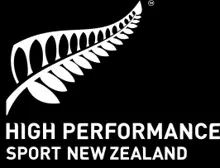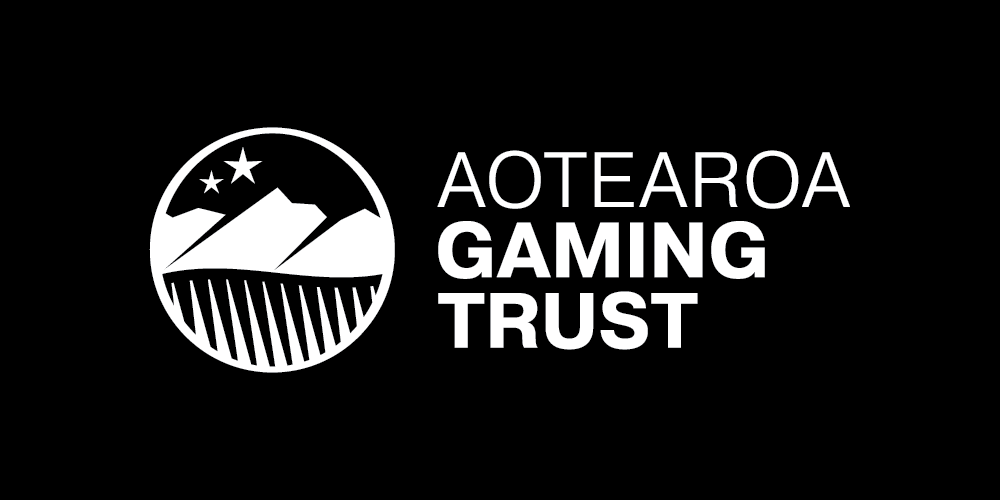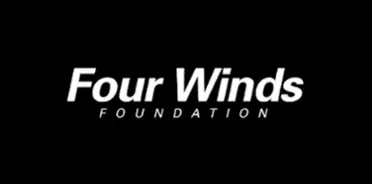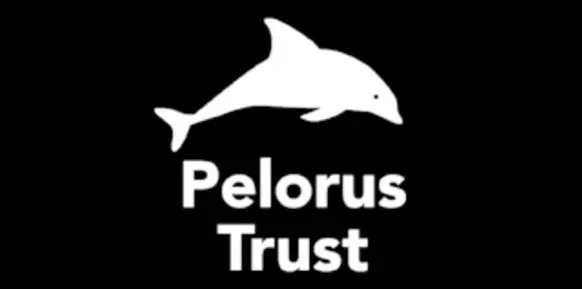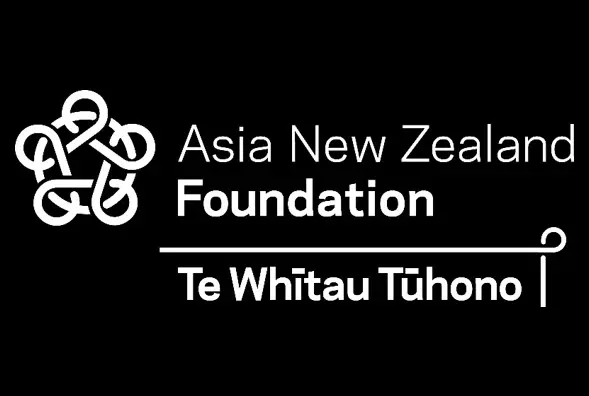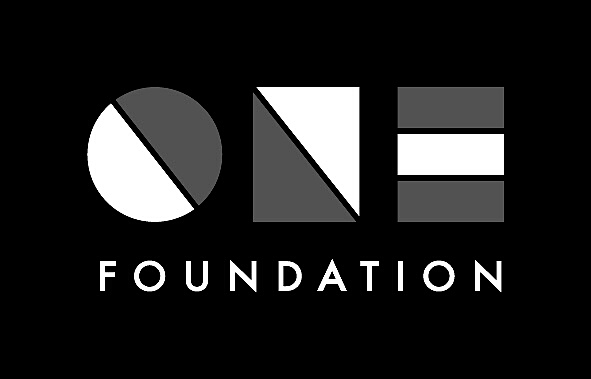Para snowboarding
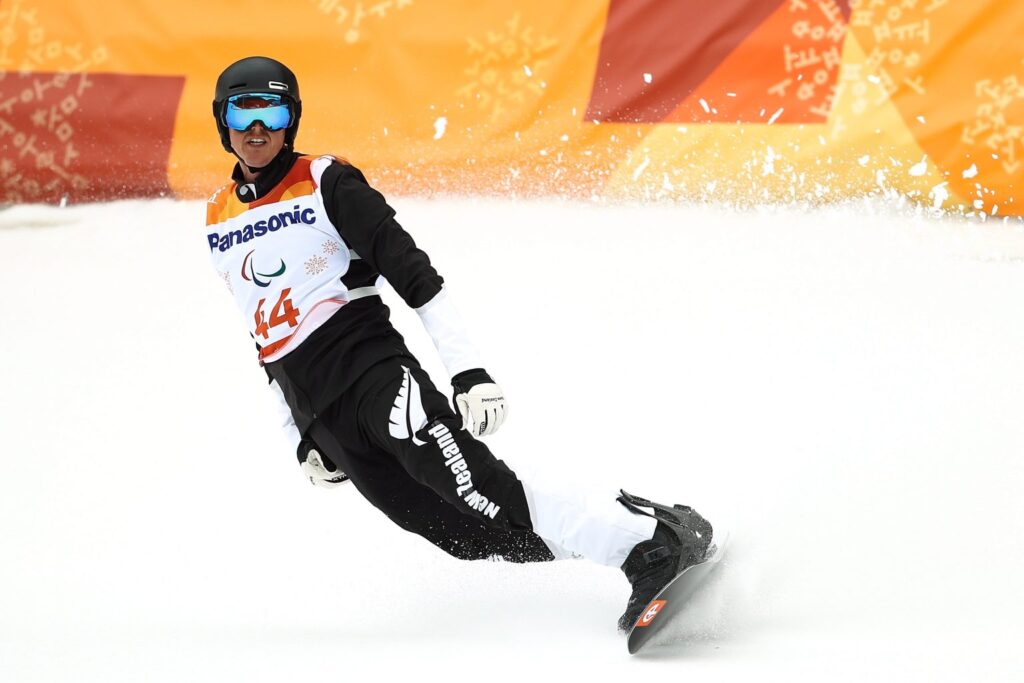
What is Para snowboard?
Para snowboard is an adaptation of snowboard for disabled athletes. It is a Para alpine (or downhill) sport, along with Para alpine skiing.
History of Para snowboard
Para snowboard was originally called Adaptive Snowboard referring to a modified version of the sport.
The Para sport is practiced by hundreds of Para athletes around the world and made its Paralympic Winter debut in the 2014 Paralympic Winter Games in Sochi, Russia.
How do you compete in Para snowboard?
Para snowboarding features three disciplines: snowboard-cross, banked slalom and giant slalom. Para athletes combine speed and agility while racing down courses as fast as possible.
Who can compete in Para snowboard?
Competition includes male and female Para athletes, with changes to equipment, rules, and technical specifications enabling people with physical disabilities such as spinal cord injury, cerebral palsy, or amputations to be eligible to compete. Snowboarders use equipment that is adapted to their needs including snowboard and orthopaedic aids.
Para athletes compete in three categories based on their functional ability – SB-LL1 and SB-LL2 for lower-limb impaired riders and SB-UL for upper-limb impaired Para athletes.
Para snowboard in New Zealand
Adaptive Snow Sports Programmes are currently offered at most New Zealand ski resorts, with opportunities to progress to the international level. Register your interest now!
For more information on Para snowboarding visit IPC Snowboarding.
